Overview
Access to care remains out of reach for many in underserved communities. This article explores the barriers, the power of community health workers, and the path to health equity, offering insights into bridging the healthcare gap.
What Does Access to Care Mean?
Access to care is about getting healthcare when you need it. Sounds simple, right? But for people in underserved communities—think rural towns or low-income neighborhoods—it’s anything but. I’ve seen families drive hours for a doctor’s visit or skip it altogether because they can’t afford it. It’s a real problem that hits hard, leading to untreated illnesses and worsening health.
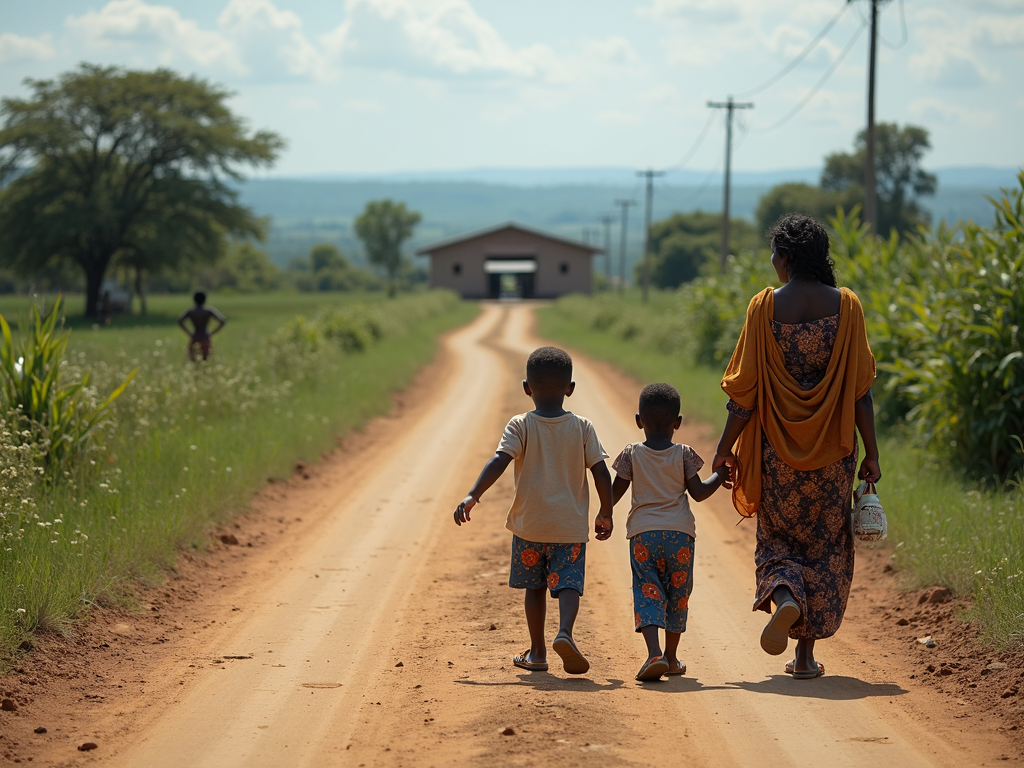
The Big Barriers to Healthcare
Let’s break down why access is so tough in these areas:
- Distance: In rural spots, the nearest clinic might be 50 miles away. No car? Tough luck.
- Money: Low income often means no insurance. Even basic care feels like a luxury.
- Language and Trust: If you don’t speak English well or don’t trust the system, you’re less likely to seek help.
These aren’t just statistics—they’re stories I’ve heard from people who feel stuck.

How Community Health Workers Make a Difference
Here’s where hope comes in: community health workers (CHWs). These are folks from the community who know its heartbeat. They’re not doctors, but they’re lifeline connectors. I once met a CHW named Maria who walked miles to teach families about diabetes care. She didn’t just talk—she listened, built trust, and linked people to clinics. The role of community health workers in access to care is huge: they educate, guide, and support where traditional healthcare can’t reach.
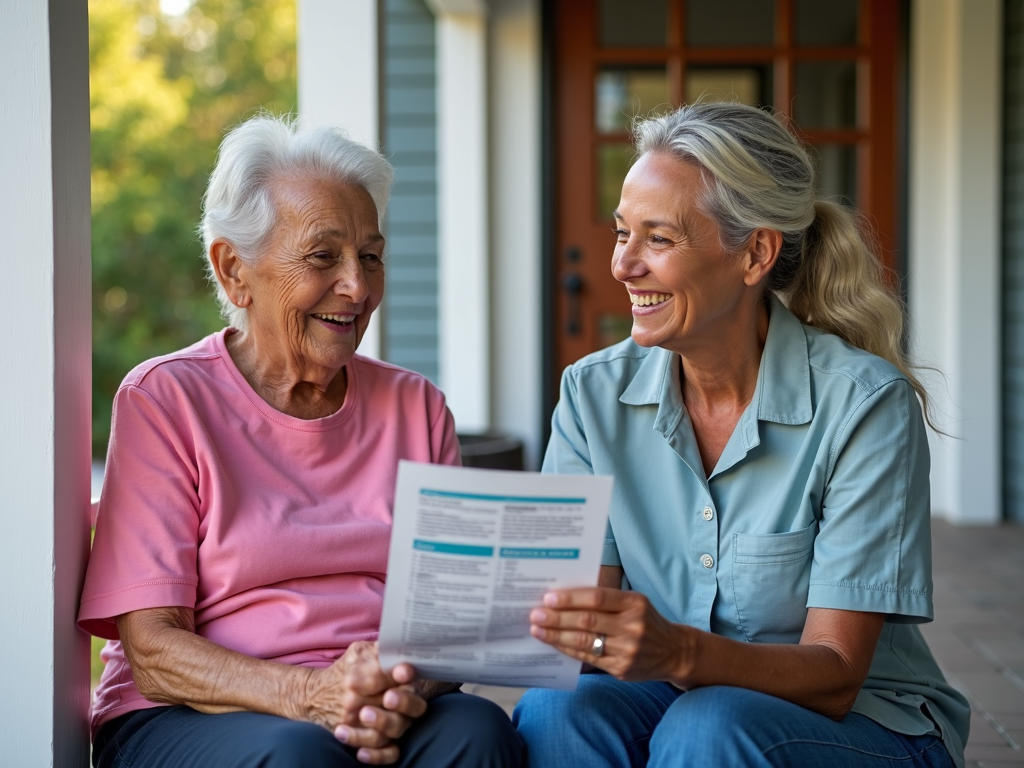
Social Determinants: The Hidden Health Factors
Health isn’t just about doctors—it’s about life. The impact of social determinants on health shapes everything. Picture this:
- Poverty: No money for food means no energy to fight illness.
- Education: If you can’t read well, understanding prescriptions is a struggle.
- Housing: Damp, crowded homes breed asthma and worse.
I’ve seen kids miss school—and health checkups—because their parents work two jobs. It’s a cycle we need to break.

Real Stories, Real Struggles
Let me share something personal. I visited a small town where the only clinic closed years ago. A mom told me her son’s ear infection went untreated for weeks because the nearest doctor was two buses away. She felt helpless. That’s what Access to Care: Bridging the Gap in Underserved Communities is about—fixing these gaps so no one feels left behind.

Steps to Health Equity
So, how do we fix this? Understanding Health Equity: Steps to Fairness in Healthcare starts with action:
- Better Policies: Fund clinics in remote areas—make care reachable.
- Grow CHWs: Train more Marias to serve their neighbors.
- Tackle Root Causes: Improve housing and schools to boost health.
- Listen Up: Communities know their needs—ask them.
It’s not a dream; it’s doable. Look at programs like HRSA’s rural health initiatives—they’re already moving the needle.
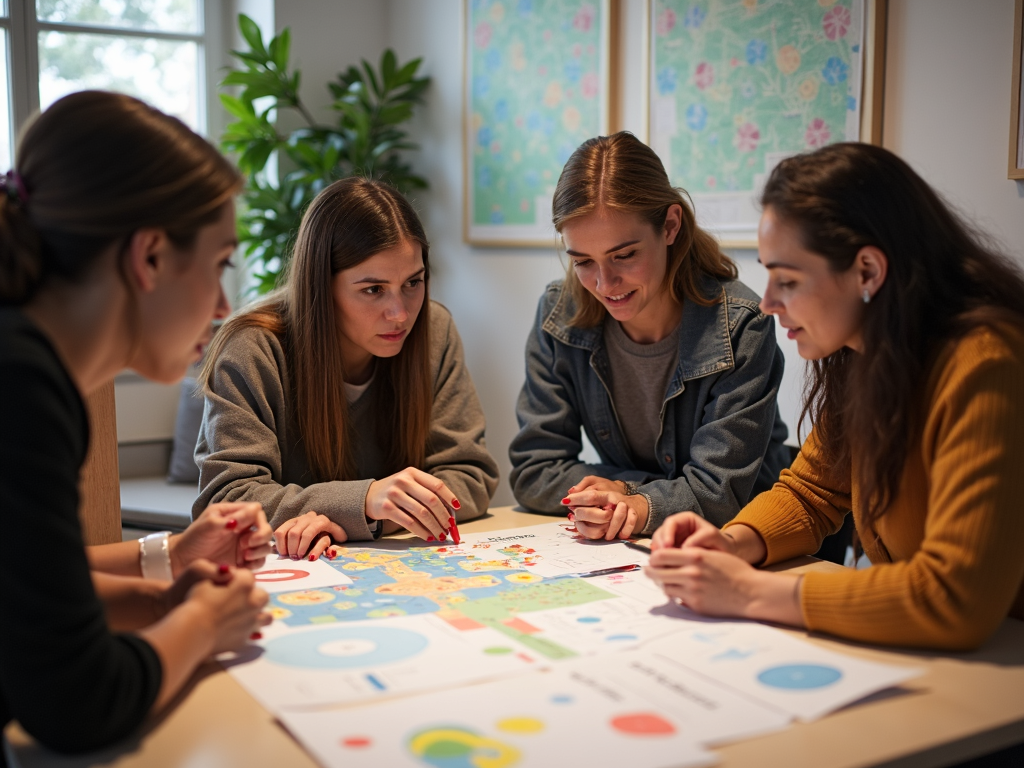
Why It Matters
Think about your own life. If you couldn’t see a doctor when you’re sick, how would you feel? Scared? Angry? That’s daily life for millions. Bridging this gap isn’t just about healthcare—it’s about dignity. When we improve Access to Care, we’re saying everyone counts.
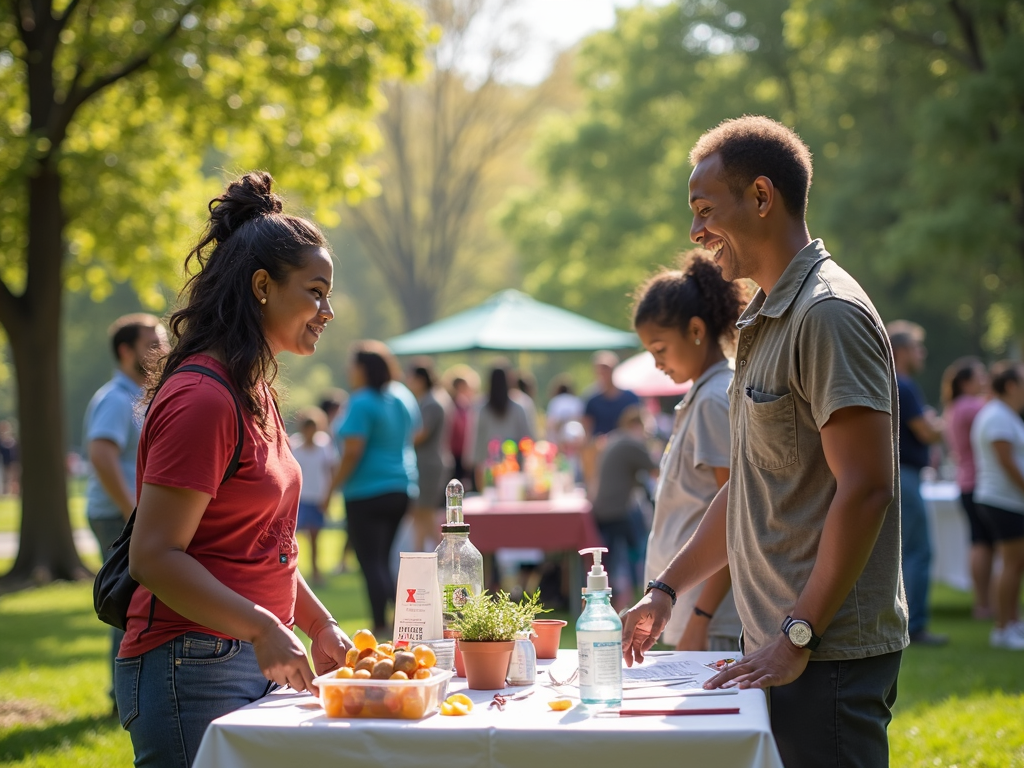
A Practical Path Forward
Here’s what you can do:
- Support Local Efforts: Volunteer or donate to CHW programs.
- Raise Awareness: Share stories like these—people listen.
- Push for Change: Tell lawmakers healthcare matters everywhere.
Small steps add up. I’ve seen communities rally and win—a new clinic here, a mobile health van there. It works.
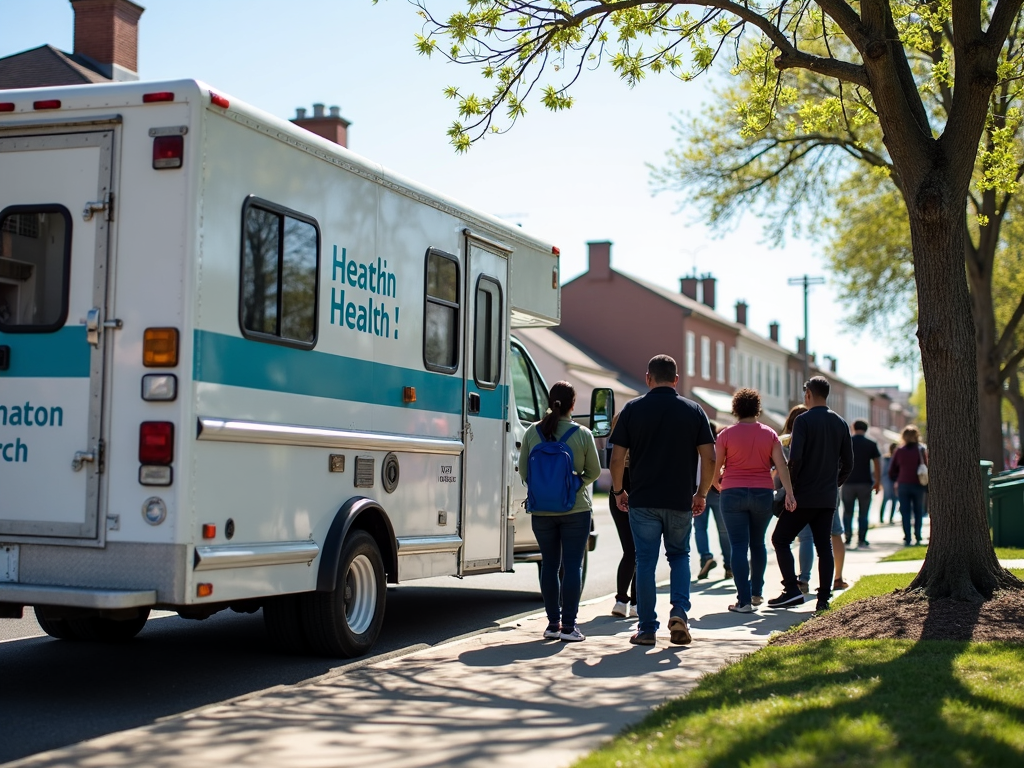
Wrapping Up
Access to Care: Bridging the Gap in Underserved Communities isn’t just a phrase—it’s a mission. Community health workers, smarter policies, and a focus on social determinants can close the divide. It’s on us to keep pushing for health equity, one step at a time.
Discuss Here